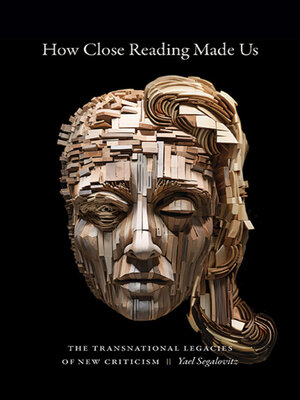
Sign up to save your library
With an OverDrive account, you can save your favorite libraries for at-a-glance information about availability. Find out more about OverDrive accounts.
Find this title in Libby, the library reading app by OverDrive.



Search for a digital library with this title
Title found at these libraries:
| Loading... |
Does reading shape who we are? What happens to the relationship between reading and subject-formation as methods of interpretation travel globally? Yael Segalovitz probes these questions by tracing the transnational journey of the New Critical practice of close reading from the United States to Brazil and Israel in the mid-twentieth century. Challenging the traditional view of New Criticism as a purely aesthetic project, Segalovitz illustrates its underlying pedagogical objective: to cultivate close readers capable of momentarily suspending subjectivity through focused attention. How Close Reading Made Us shows that close reading, as a technique of the self, exerted a far-reaching influence on international modernist literary production, impacting writers such as Clarice Lispector, Yehuda Amichai, William Faulkner, João Guimarães Rosa, and A. B. Yehoshua. To appreciate close reading's enduring vitality in literary studies and effectively adapt this method to the present, Segalovitz argues, we must comprehend its many legacies beyond the confines of the Anglophone tradition.






